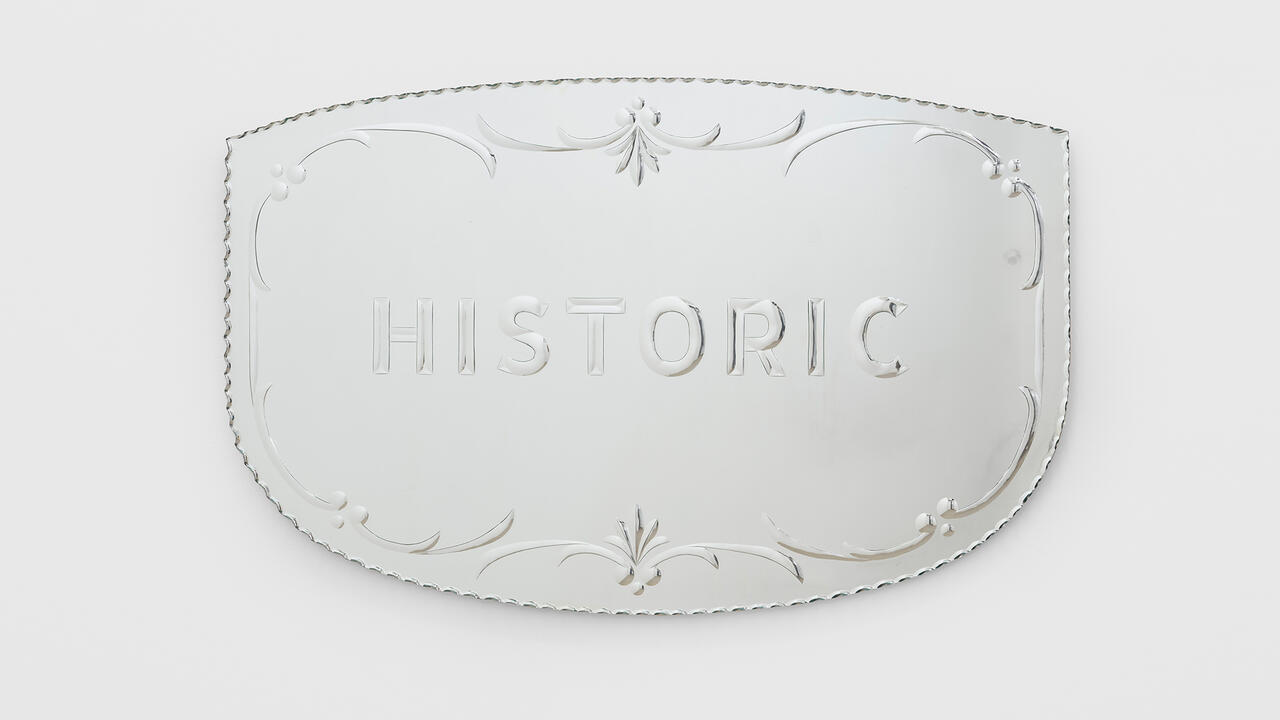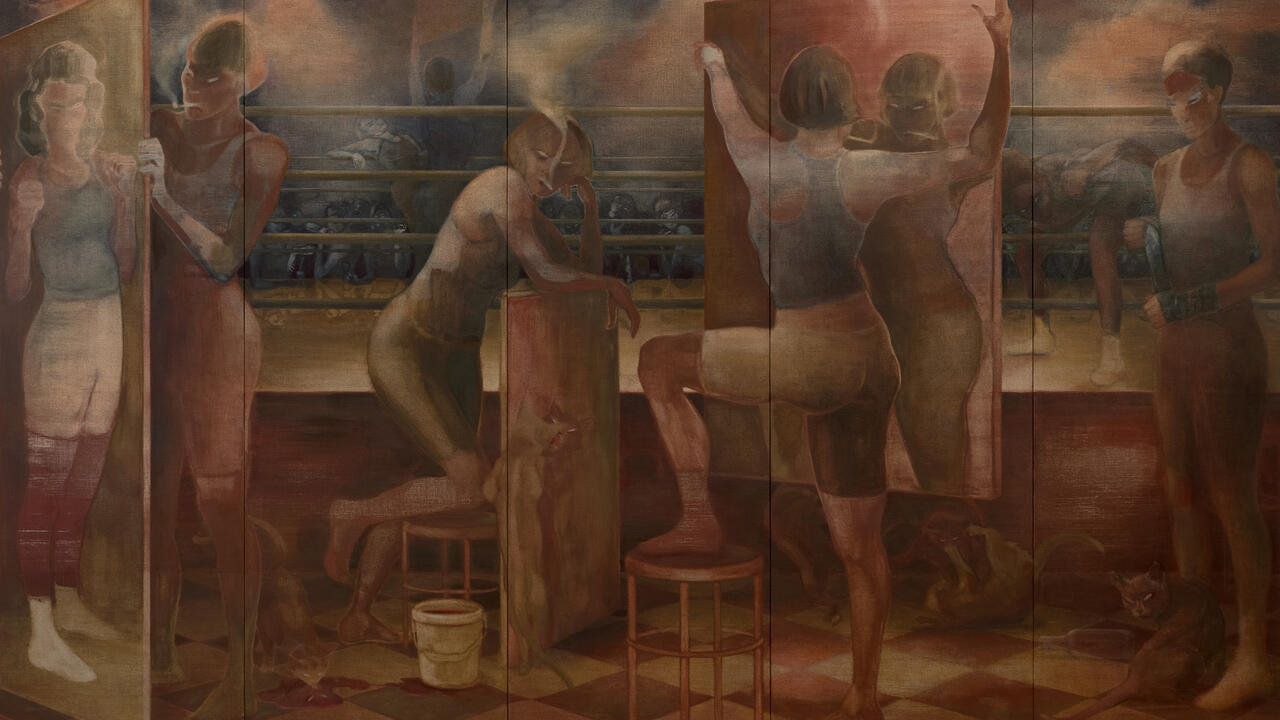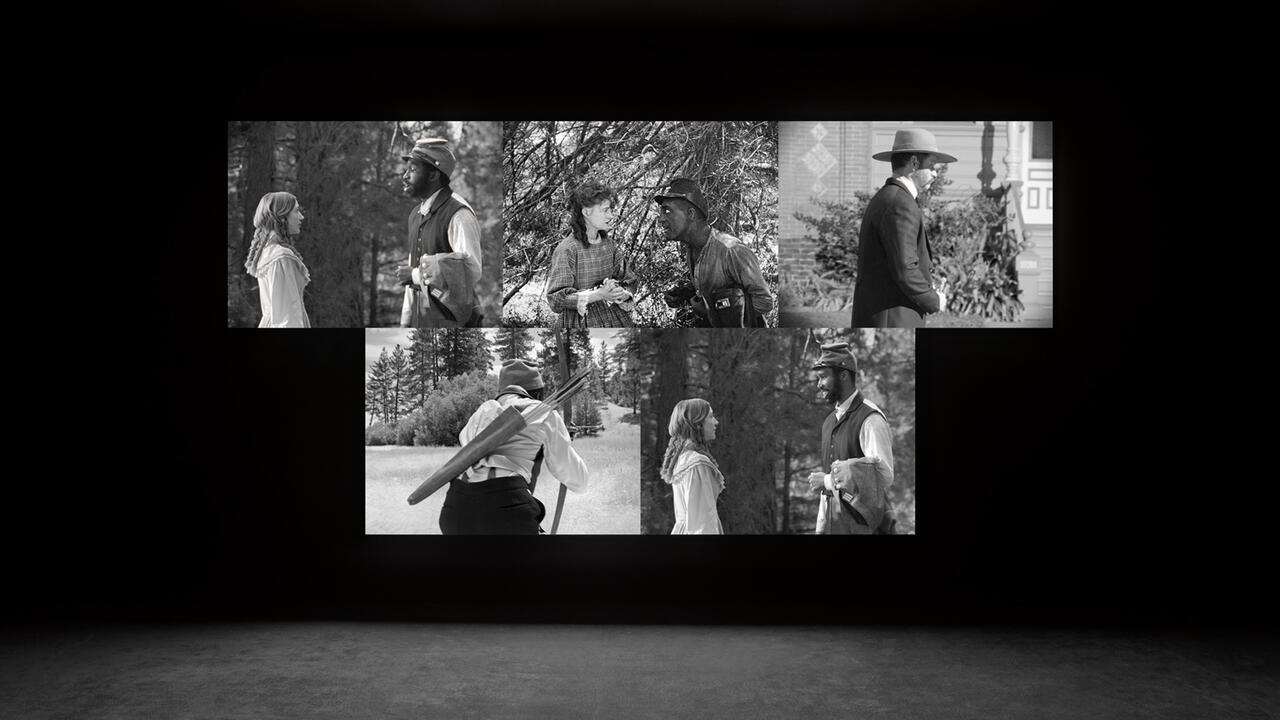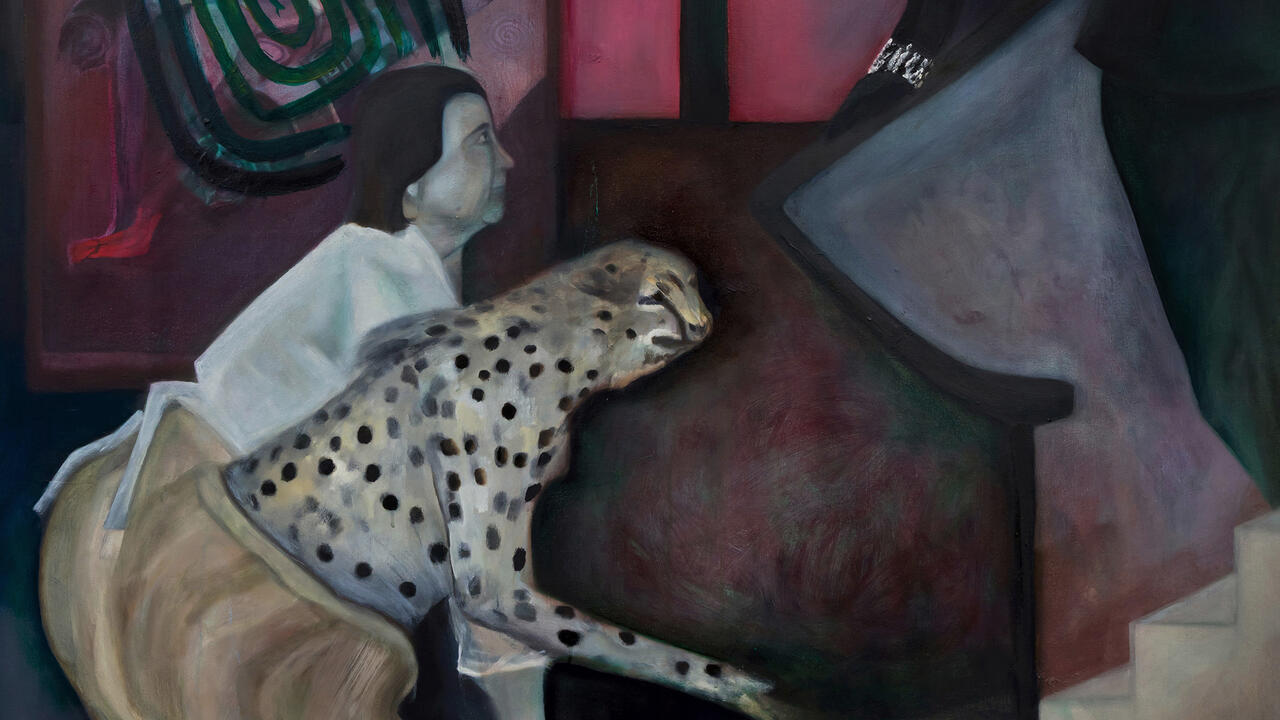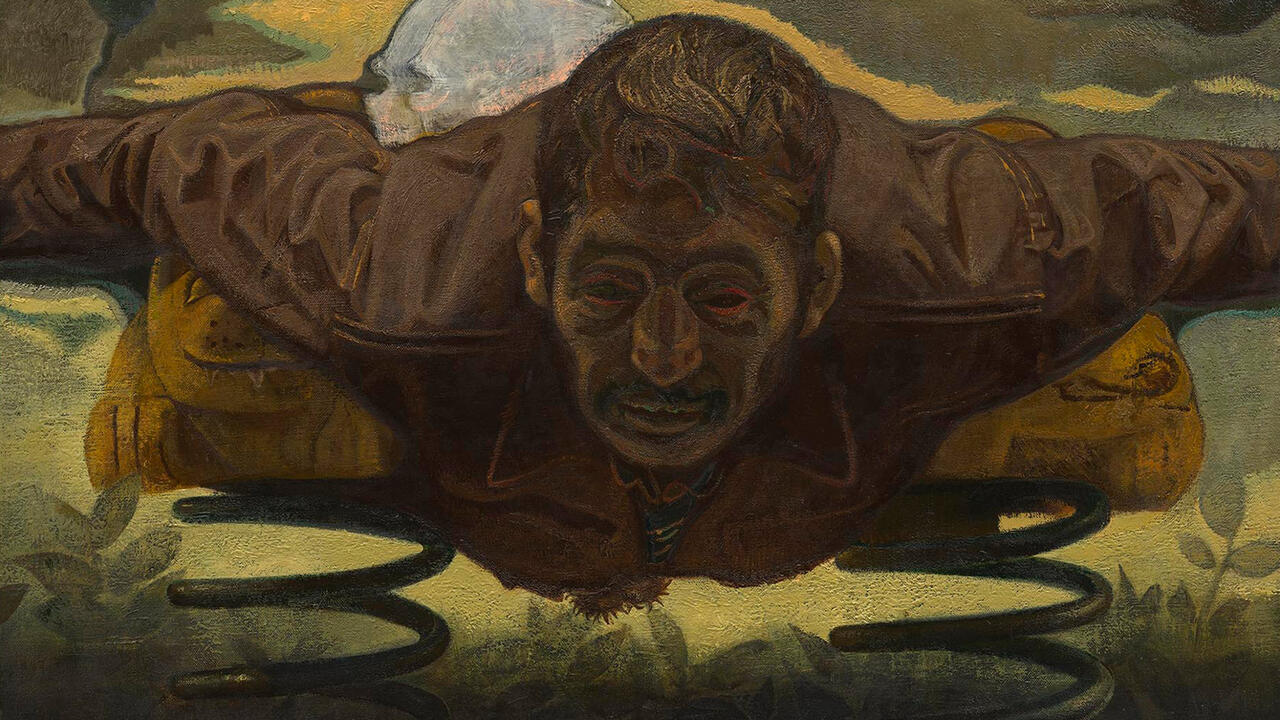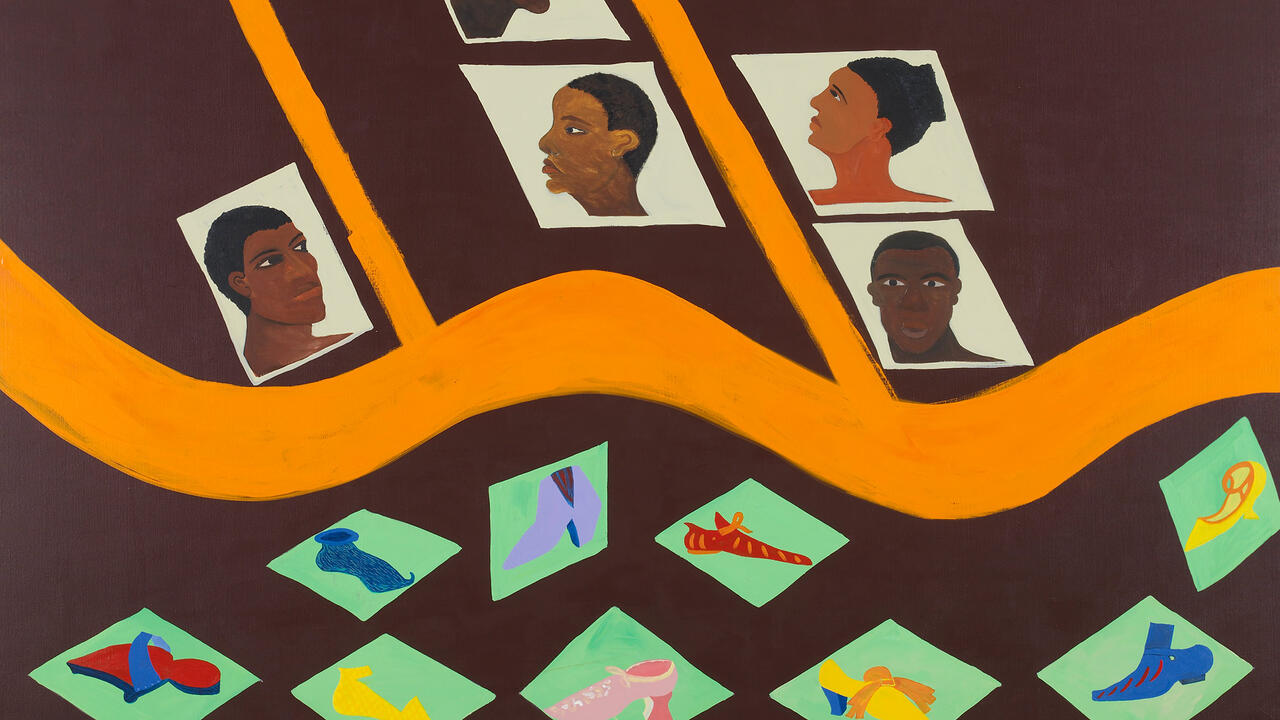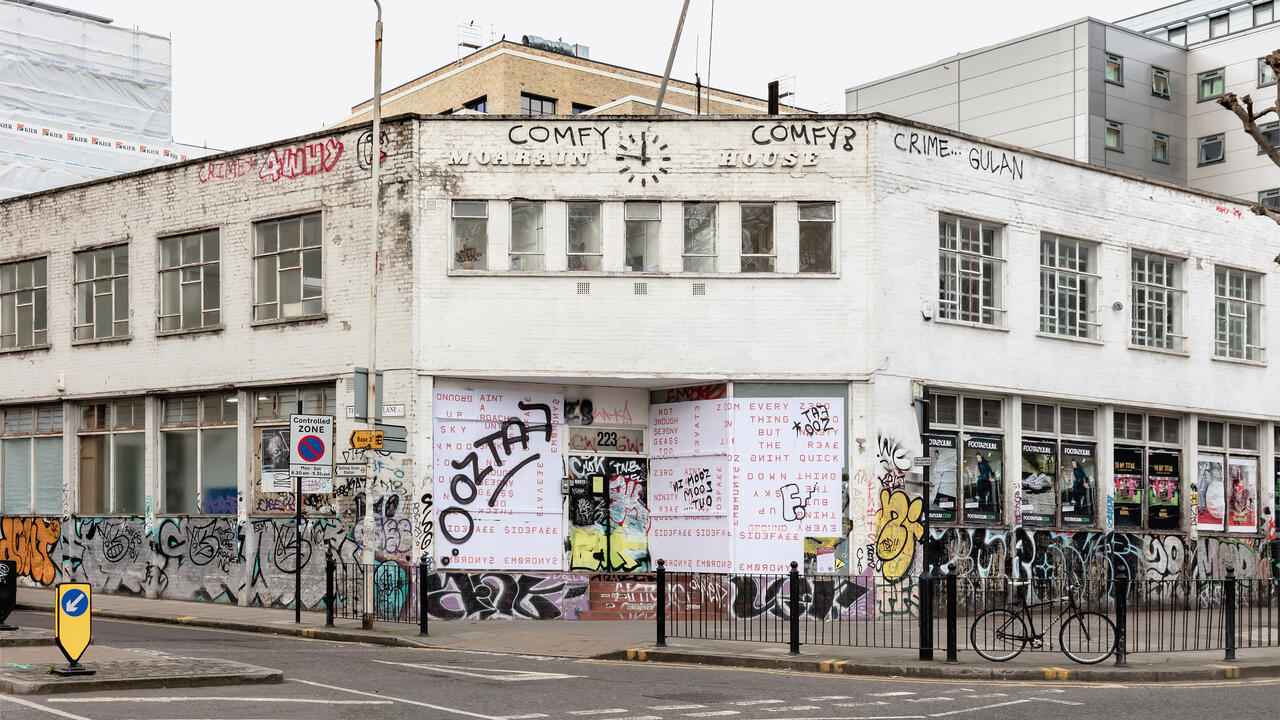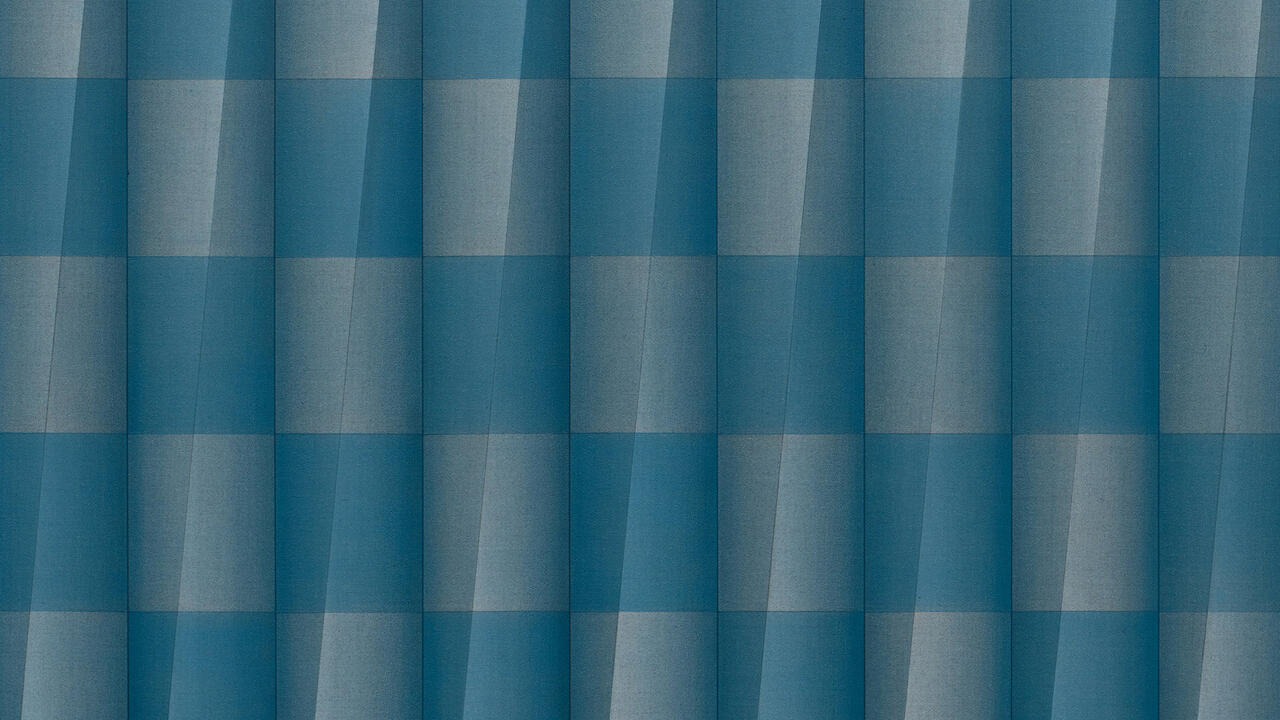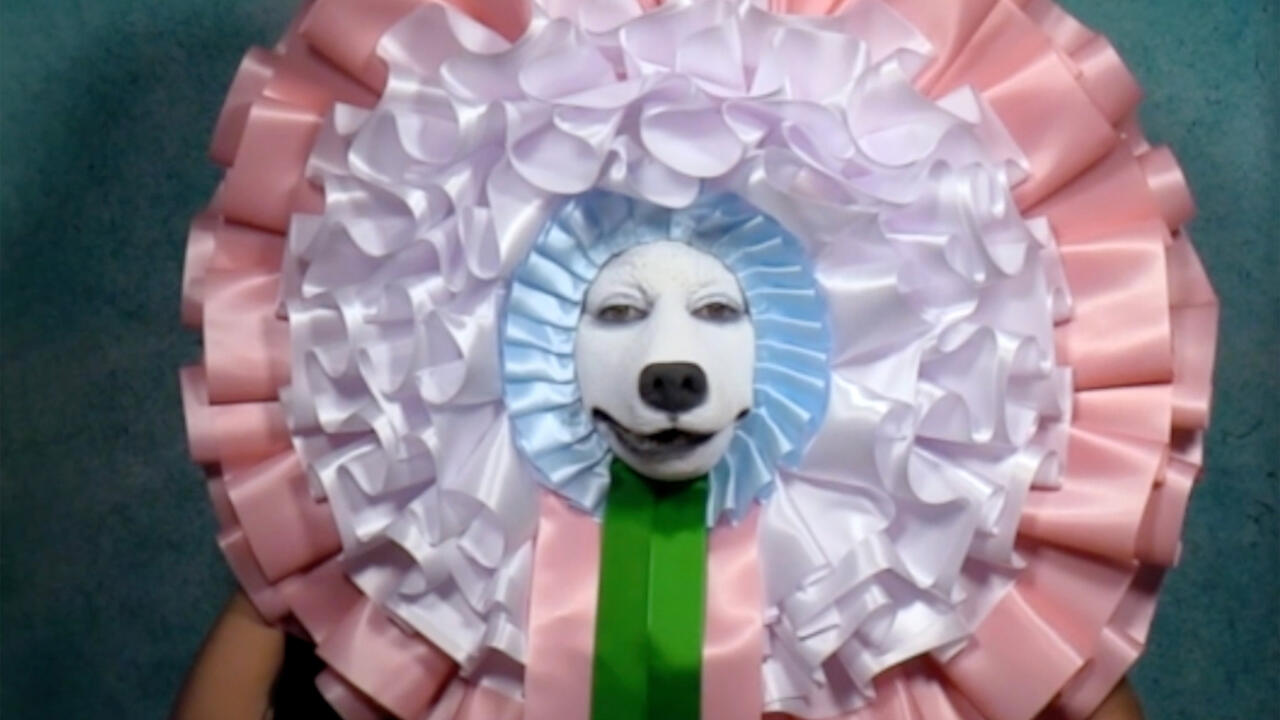Sherrie Levine
Simon Lee, London, UK
Simon Lee, London, UK

Sherrie Levine’s ‘After Edward Weston’ (1979) and ‘After Walker Evans’ (1981) – two series of photographs of reproductions of photographs by Edward Weston and Walker Evans – now have an established place in art history and, in the development of appropriation art, might even be seen as constituting founding moments themselves. This is fitting, for Levine is fascinated with the question of beginnings and origins. It was tempting to see the beautiful polished bronze cast of a baby’s wooden bed, The Cradle (2009), one of a number of new sculptures on show at Simon Lee, as a metaphor for this fascination.
Levine’s treatment of the photograph, though appropriated, was not unaesthetic; she did not adopt the irreverence or casualness towards the photographic medium that could be found in certain photo-conceptualist practices (John Baldessari’s photo-emulsion paintings from the late 1960s, for example). For all the Postmodernist rhetoric that accompanied her photographs ‘after’ photographs, the act of mounting, framing and placing her prints behind glass, accorded with a Modernist tradition of displaying images. The fact that Levine’s prints were often unique also played with notions of value and disrupted the simple reading of them as part of an anti-aesthetic, echoing Richard Prince’s clever recourse to the limited edition in his re-photography of mass-produced advertisement images.
Levine’s interest in the origins and foundations of Modernism is extended in this exhibition to poetry through LaserJet prints of ten poems by Charles Baudelaire, the typographic layout following that of the first edition of Les Fleurs du mal (Flowers of Evil, 1857), with each poem framed and behind glass (Les Fleurs du mal, After Baudelaire, 2008). The same treatment is given to 24 identical colourful postcards from Aspen, Aspens in Flagstaff (2009). Here repetition takes it cue from Minimalism – an integral and recurrent reference point in Levine’s art – and such high cultural resonance effects a reversal of Walter Benjamin’s thesis about reproduction: it is ‘aura-replenishing’ not depleting. One should add that the postcard image is carefully chosen, it’s not kitsch but gives us a rather cool and understated depiction of a forest scene.
The transformation of ready-made objects is integral to the sculptural work on show in the new exhibition. In The Cradle and Dada (2008) – the latter, a bronze cast of a rocking horse with a simple and beautiful elementary design, picked up from a flea market – we sense both the crafted production of the source objects and also their wear and use. The fidelity of the bronze casts preserves some of the material qualities of the original wooden objects; the grain of the wood, or areas of surface wear and tear. Both the reflective allure of the polished surfaces and the trace of other, absent materials are visible.
Levine’s work keeps returning us to questions of value, making us think about what kind of investments and attachments circulate around the art work. What are we meant to be looking at (or reading) in her copies of poems by Baudelaire? Such pieces return us to the problem of her series ‘After Walker Evans’ and ‘After Edward Weston’; uncertainty about where the actual artwork lies and a reliance on the cultural value and prestige of the artists whose works Levine has copied.
The new sculptures have shifted away from direct quotation. In Chimera (2008), the bronze casts of two gaudy coloured figures of Hindu deities draw upon the faith and belief attached to the original devotional objects. False God (2007) highlights the craft of the casting process with its meticulous transformation of the skeleton of a double-headed calf, replete with double spine, into an extraordinary sculpture. A further doubling is set up by the reflective bronze base plate the object is attached to, its mirrored surface augmenting the formal intensity and beauty of the work. Here a wonderful example of nature provides a reference point for the aesthetic process of repetition in Levine’s own art and a touchstone for her preoccupation with the sensuousness of the copy.









